- Home / 3D Skin Models
3D Skin Structure Models
Nothing found
All About 3D Skin Models
3D Skin Anatomy Models
We all know that the skin is the biggest organ in the human body. It might seem trivial and unimportant, but the skin plays a very significant role in our body. It protects us from harsh elements and microbes, while also helping us regulate our body temperature, and allowing us to feel various sensations of touch such as cold and heat and so it must be taken care of. This is why we have doctors called dermatologists who specialize in studying and caring for the health of the skin. We also have estheticians who specialize in making the skin beautiful and healthy through cosmetic treatments such as facials, peels, and waxing. This is where 3D skin models come in.
What is a 3D Skin Model?
A 3D skin model is a three-dimensional model of the human skin’s cellular system, also known as Human Epidermal Keratinocytes or HEK. This skin structure model is widely used for in vitro studies, proving itself an effective tool in examining the epithelial functions and diseases, especially with things relating to the toxicology and the skin biology.
There are several kinds of 3D skin models available in the market. There is an epidermis model which helps researchers understand the outermost layer that protects the body from water loss due to evaporation.
There is also what is called an integumentary model which shows the interactions within the integumentary system that is comprised of hair, nails, skin, glands, and the subcutaneous tissues under the skin.
Human Skin Layers
The human skin, being the largest organ in the body, has a total area of roughly 20 square feet. It is comprised of three main layers called the Epidermis, Dermis, and Hypodermis. The epidermis is further divided into five layers, with each of them serving a specific function. The five layers of the epidermis are called Stratum Corneum, Stratum Lucidum, Stratum Granulosum, Stratum Spinosum, and Stratum Basale.
The first five layers making up the dermis which is the outermost layer of the skin gives us our skin tone and serves as the outermost layer of skin. It is also responsible for protecting us from bacteria and viruses that can cause infections to the human body.
Underneath that is the dermis which has connective tissue, sweat glands, and hair follicles, and primarily aids in sensation and thermoregulation.
Finally, the hypodermis which is a subcutaneous tissue that is lodged deeper in the body, contains fat and connective tissue. It is covered in nerves and blood vessels and provides structural support to the skin while also insulating the body and assisting in shock absorption.
What Should Every Esthetician Know about Skin Anatomy
As previously mentioned, all seven layers of the skin each has its own function. Hence, estheticians must know and understand what these functions are in order to deliver quality skin care services to clients.
While most of the work is done directly on the top layer of the skin called the epidermis. It has a protective outer layer and four other inner layers which are constantly going through change. By fully grasping the physiological processes that take place in each layer, an esthetician can better assess which treatments to give the clients, thereby guaranteeing better results.
What is the Purpose of 3D Skin Models?
It is a great way to understand how the skin works and how certain things affect the skin on every layer. Pharmaceutical and basic science researchers make use of 3D skin models to assess skin irritations due to chemicals, drugs, or cosmetics. This eliminates the need to do animal tests and also avoids the misclassification of skin corrosion and chemicals observed among animal systems. 3D skin models can also be used to study phototoxicity, wound healing, metabolism as well as percutaneous absorption.
Patient Education for Estheticians
Among estheticians, understanding the skin model anatomy can help in educating patients about the processes that take place within the various layers of the skin. It will also aid patients in better visualizing how the treatments will affect the specific layers that are being treated, because while the estheticians only work directly on the outermost layer, certain treatments, chemicals, and procedures can still influence how the other layers function. As such, this will give them a more informed choice on which procedure is best.
Patient Education for Dermatologists
Similar to estheticians, dermatologists will also find 3D skin models beneficial in terms of educating patients about their skin, how specific procedures will be done, and its overall impact on the skin. This is particularly helpful in cases where patients need to get a certain procedure (surgical or otherwise). Having a 3D skin model aids in improving the patient’s understanding of the procedure which thereby decreases any perioperative anxiety. Moreover, using a skin structure model when explaining or demonstrating a certain procedure helps patients make more informed choices about their own skin and body.
Student Education
It may seem less significant than the other two but 3D skin models are also very useful in student education and research. It will help students better understand the parts, components, functions, and interactions among the various skin layers. Of course, these 3D skin models would find the most use for students of certain fields like dermatology, medicine, nursing, forensics, as well as for student/trainee estheticians.
Kids Education
Kids are naturally curious creatures and their minds are like sponges that absorb all kinds of information while they are young. Learning about how their body works is one of the most basic things that kids have to tackle. Teaching kids about their body using a 3D model that they can touch, feel, and move around, will give them a better grasp of their relationships. The same is true for the 3D skin model. Educating the kids about topics like how the skin works, how wounds heal, how sweat is expelled, and even how skin color comes about using a 3D skin model would be ten times more effective than doing so with just words or an illustration.













Connecticut, Delaware, Florida, Georgia, Hawaii, Idaho, Illinois, Indiana, Iowa, Kansas, Kentucky, Louisiana, Maine, Maryland, Massachusetts, Michigan, Minnesota, Mississippi, Missouri, Montana, Nebraska, Nevada, New Hampshire, New Jersey, New Mexico, New York, North Carolina, North Dakota, Ohio, Oklahoma, Oregon, Pennsylvania, Rhode Island, South Carolina, South Dakota, Tennessee, Texas, Utah, Vermont, Virginia, Washington, West Virginia, Wisconsin, Wyoming















